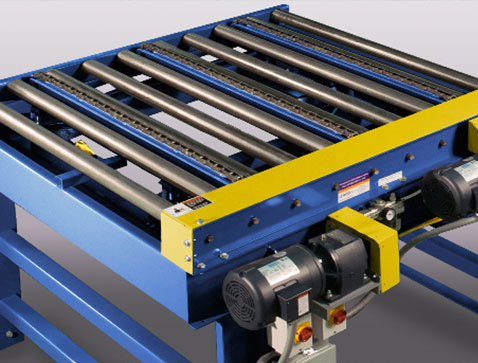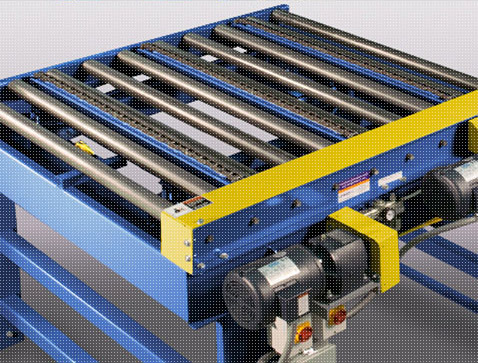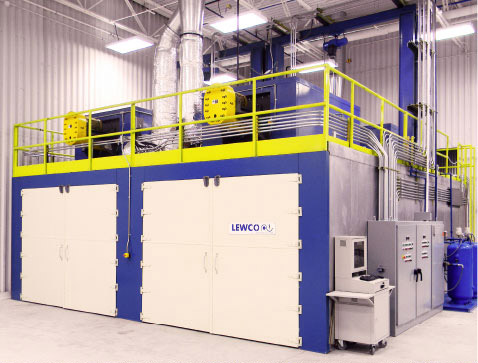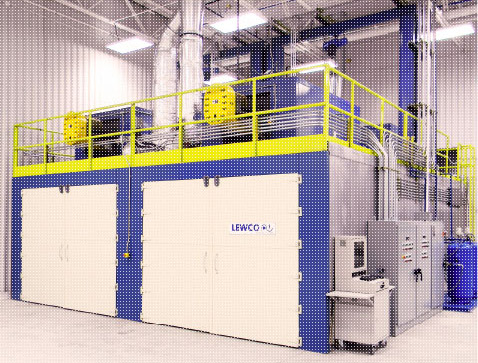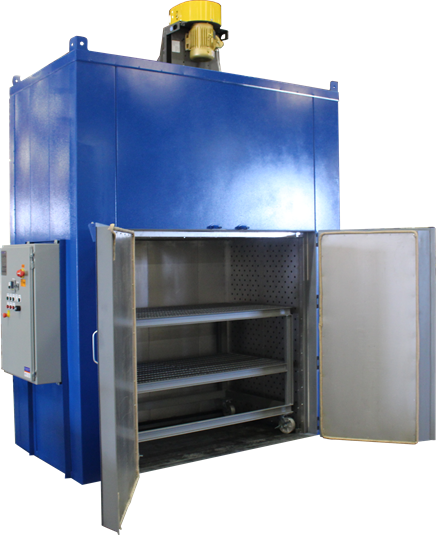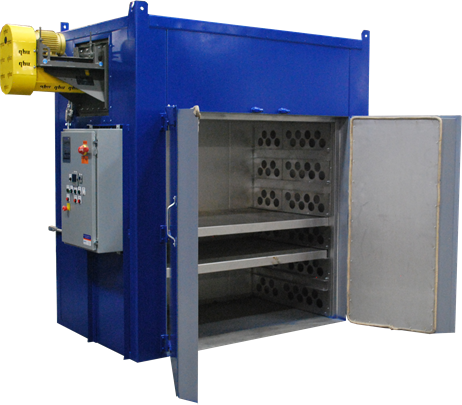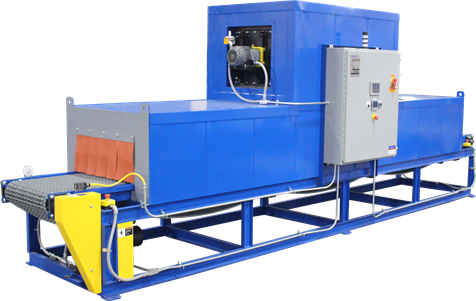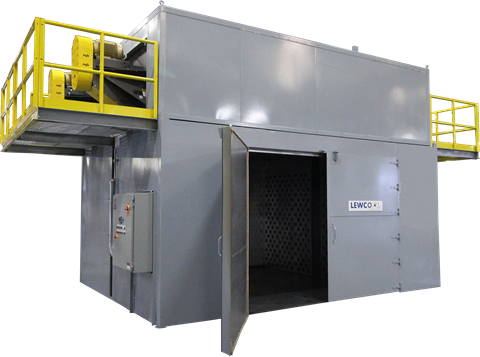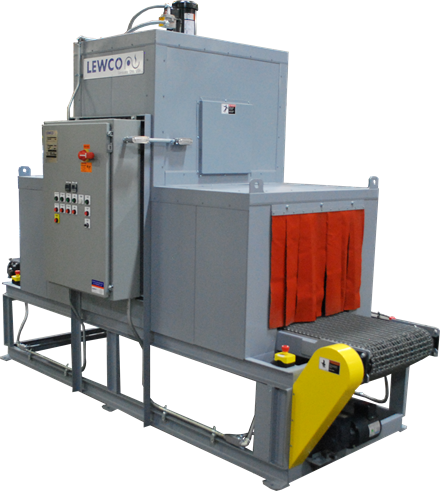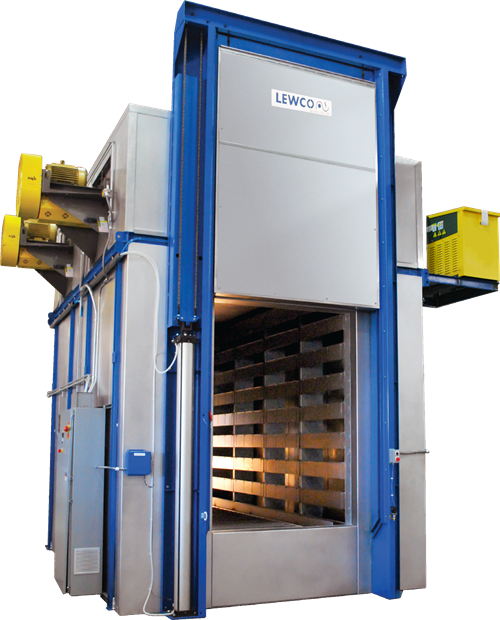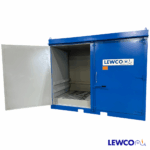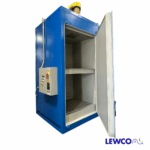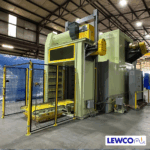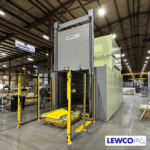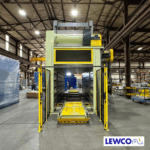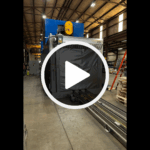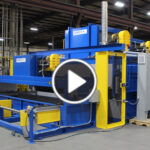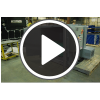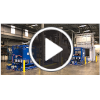NFPA 86 Compliance: Responsibilities of the Customer
Many of our customers understand the importance of the National Fire Protection Association (NFPA) and compliance with their various codes. Some customers even know the difference between the four oven classifications as defined by NFPA 86 Standards for Ovens and Furnaces. However, very few understand that compliance with NFPA 86 does not end with the delivery of the oven. If you plan on total compliance, the end users responsibilities start even before the oven is delivered.
As with any new piece of equipment, the owner’s manuals and installation instructions should be reviewed. Verify the equipment will meet your process needs taking into consideration future growth and process changes. Available utilities must be compared to the oven requirements. If additional utility supply is required, is it possible to increase with existing infrastructure? Utility requirements should be supplied with the oven proposal. If the information is not readily provided, request it from your oven supplier. Altering or increasing utility infrastructure can vastly increase the overall cost of your installation.
Before installing a new oven one must complete oven installation plans including plan and elevation drawings as well as a sequence of operations and any other specifications that may be required to the authority having jurisdiction. (4.1.1) Oven installation plans must define the location, ventilation piping, and electrical safety equipment. A list of control, safety equipment and combustion components with manufacturer and model number should also be provided. (4.1.1.1) A wiring diagram of the equipment along with interconnection to the facility wiring is also required. (4.1.1.2) If a deviation from any of the aforementioned standards and specifications occurs throughout the installation process, the authority having jurisdiction must give approval before deviations may be implemented. (4.1.2) All installation wiring must conform to NFPA 70 National Electric Code. (4.1.3.1) When laying out the oven in its new location, don’t look only at the final location of the oven, pay close attention to the size of the shippable parts of the oven in relation to your door size and the path from the door to the final location of the oven. Just because an oven may fit in your desired location doesn’t necessarily mean it can get there.
When laying out the installation plan, be sure to locate the oven in a manner to protect personnel and buildings from fire or explosion hazards. (5.1.1.1) In addition, ovens should be located as to be protected from damage by external heat sources, vibration and mechanical hazards. (5.1.1.2) Make-up air and ventilation must be provided, especially when ovens are installed in small rooms, basements or confined areas.(5.1.1.4)(5.4.1) This is especially true for Class A or fuel-fired ovens. The combination of the exhaust fan and combustion blower will remove air from the room. Make-up air will be required to alleviate the potential for a reduced ambient pressure. Ovens can reduce ambient pressure to the point where combustion will become unreliable. Both class A and B ovens will need circulation air outside of the oven to keep the space around the oven cool. While quality ovens are insulated and do not allow an excessive amount of heat to escape the oven, even the best ovens will add energy to the surrounding atmosphere resulting in elevated ambient temperatures. If the energy is allowed to build up in the surrounding atmosphere without being removed, premature component failure may occur. The oven should also be placed as to not restrict personnel travel and exit ways (5.1.3.3) as well as reduce exposure to power equipment, process equipment and sprinkler risers. (5.1.3.1).
Care should also be taken in regards to local hazards to sources of ignition. These include but are not limited to dip tanks, spray booths and storage or mixing rooms. (5.1.3.4) This consideration also applies to corrosive external environments such as pickle lines. (5.1.3.6)
In general it is good practice to provide space around the oven for inspection and maintenance but required for explosion venting and discharge of sprinklers. (5.1.4.1) While it is best practice to provide guarding around explosion relief areas, when not practical warning signs or permanent floor markers may be used. (5.2.8.2) Your oven supplier can provide the space required for explosion relief. In addition, the operation of these vents must not be obstructed and allowed to operate to their full capacity. (5.3.4.1)
With most ovens but especially on Class A, it is inevitable for ductwork to pass through walls and ceilings/roofs. If these roofs are constructed with combustible materials, either provide clearance for the ductwork or provide insulation as to reduce the surface temperatures from exceeding 160°F.(5.4.3.2) When laying out piping runs be sure to reduce the possibility of condensation of vapors or collection of solids. (5.4.3.9, 5.4.3.10) Also take into consideration the location of the exhaust duct outlet. Exhausts must not discharge in close proximity to air inlets and potential ignition sources. (5.4.3.13)
For fuel-fired ovens, an emergency fuel shutoff valve must be included. (6.2.3.1) The shutoff is separate from the valve that included on your new oven. It must be located away from the oven so that is readily accessible in the case of a fire or explosion. It also must have visual indication of the valve position permanently affixed. (6.2.3.1) If a manual shutoff valve is not included with your oven, it is a good idea to install a second shut off valve close to the gas train. All interconnecting piping must be installed per NFPA 54 National Fuel Gas Code. (6.2.3.3)
Not only does every new oven installation need to be commissioned, oven changes that affect the safety system also must go through the commissioning process. (7.1.1) It is extremely important that the oven not be released for production until the commissioning is complete. (7.1.3) During the commissioning all drawings should be redlined with any changes. Upon completion of the installation, redlines must be updated to as-built drawings. (7.1.4) As part of the commissioning process inspect all piping and ductwork for damage and leaks. (7.1.6) While the oven may have been inspected during assembly, leaks may develop during shipping and installation due to the movement of the oven and vibrations during shipping.
All personnel that will operate, maintain or supervise the oven must be thoroughly instructed and trained on their perspective job operations before the oven is put into production. (7.2.1) Training must also cover startup, shutdown, and lockout tag out procedures. (7.2.4) Once the training is complete, all personnel must demonstrate the ability to complete their tasks safely. (7.2.2) Training must be kept up to date with the latest training materials and procedures. (7.2.5) This “refresher” training is usually conducted on an annual basis. Records of all training should be kept on file.
NFPA compliance does not end once the oven is installed and commissioned. Ongoing training and maintenance are defined by NFPA 86. The best practice is to set up training and maintenance procedures to comply with NFPA during the installation and commissioning process. However, safety devices must be maintained per the recommendations of the manufacturer and tested for function at least annually. (7.4.1, 7.4.4) Documentation must accompany this testing. (7.4.6) Generally documentation consists of a checklist with space for the person conducting the testing to sign off. In addition to the safety devices, the set points for pressure, temperature, and flow devices must also be verified annually. (7.4.5)
Calibration of all Lower Explosive Limit (LEL) monitors must be conducted per manufacturer’s recommendation or monthly, whichever is more frequent. (7.4.7) Consult the LEL manufacturer’s manual for the calibration procedures. Documentation should be included in the calibration procedures. Documentation could include a calibration log or dated and signed sticker on the monitor itself. Visually inspect all pressure and explosion relief devices at least annually for both obstructions and labeling. (7.4.8) If obstructions are found, they must be removed immediately. Do not operate the oven until the explosion relief devices are free to operate as designed. Manipulate the isolation valves annually and verify operation. (7.4.13) The high limit temperature controller reading must be verified to be accurate annually. (7.4.15)
Conduct a study to determine the requirement of a fixed or portable fire protection system. (9.1) The study should use the local and state fire and building codes as a reference. Contact your oven manufacturer if a fixed fire suppression system is required. Oven suppliers can either make accommodations for the suppression system or advise the system supplier where to run the pipes through the oven.

